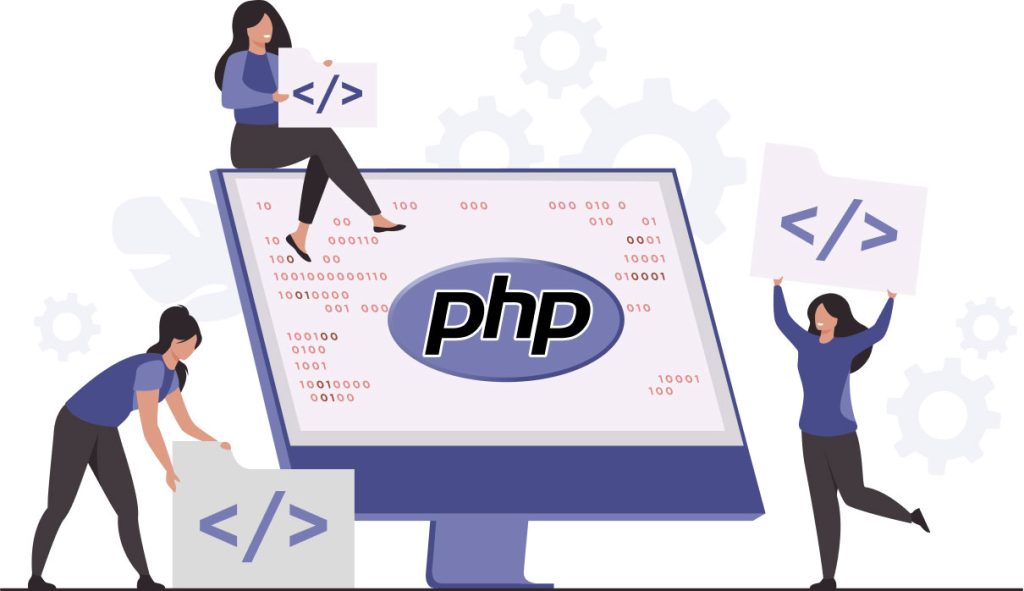Continuous Integration and Continuous Deployment play pivotal roles in streamlining the PHP development workflow, offering developers a systematic approach to software delivery. These practices are integral components of modern software development methodologies, fostering collaboration, enhancing code quality, and accelerating the release cycle. Continuous Integration involves the frequent integration of code changes into a shared repository, followed by automated builds and tests to detect integration issues early in the development process. In PHP development, CI ensures that changes made by multiple developers are seamlessly integrated, minimizing conflicts and reducing the likelihood of introducing bugs. Popular CI tools like Jenkins, Travis CI, and GitLab CI facilitate the automation of these processes, enabling developers to focus on writing code rather than dealing with manual integration challenges. As part of the CI process, automated testing plays a crucial role in validating the functionality and stability of the PHP codebase.

Unit tests, integration tests, and other types of automated tests are executed automatically whenever new code is pushed to the repository. This ensures that any regressions or issues are identified promptly, allowing developers to address them before they escalate. The use of testing frameworks such as PHP Unit in PHP development simplifies the creation and execution of tests, promoting a culture of code reliability. Continuous Deployment extends the principles of CI by automating the deployment of code to production environments whenever a successful build passes all tests. This rapid and automated deployment pipeline ensures that the latest changes are promptly and reliably delivered to end-users. In the context of PHP development, tools like Deployer and Capistrano are commonly employed to automate deployment processes, reducing the likelihood of human errors and enhancing the overall efficiency of the release cycle.
The integration of CI/CD practices in PHP development best practices also contributes to a more collaborative and agile development environment. Developers can work on features and fixes in parallel without worrying about breaking the existing codebase. Automated testing provides immediate feedback on the impact of changes, fostering a culture of continuous improvement and iteration. Furthermore, CI/CD pipelines enable the monitoring of code quality metrics, such as code coverage and static code analysis. This allows development teams to enforce coding standards, identify areas for improvement, and ensure that the codebase remains maintainable and scalable over time. The incorporation of Continuous Integration and Continuous Deployment in PHP development workflows brings about a paradigm shift in how software is built, tested, and deployed. By automating these processes, development teams can achieve greater efficiency, collaboration, and reliability in delivering high-quality software to end-users. Embracing CI/CD in PHP development is not just a best practice but also a necessity in the fast-paced and competitive landscape of modern software development.